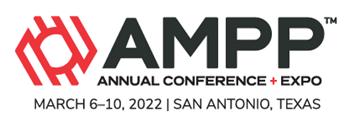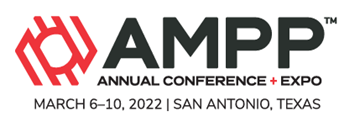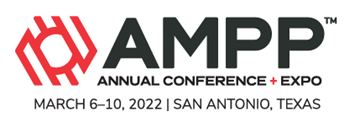Search
Pitting Corrosion Resistance Of UNS S32202 Welds: Bulk Microstructure Vs Surface Behaviour
Also Purchased
Polymer Architecture Effect On Zinc Ions Stabilization In Aqueous Systems
Product Number:
51322-17727-SG
Publication Date:
2022
$20.00
Proposal Of 18Cr-8Ni Based Austenitic Stainless Steel With Superior Stress Relaxation Cracking Resistance
Product Number:
51322-17536-SG
Publication Date:
2022
$20.00
Ph-Responsive Copolymers As Silica Scale Inhibitors
Product Number:
51322-17703-SG
Publication Date:
2022
$20.00




